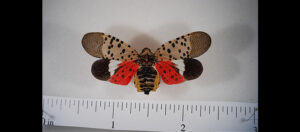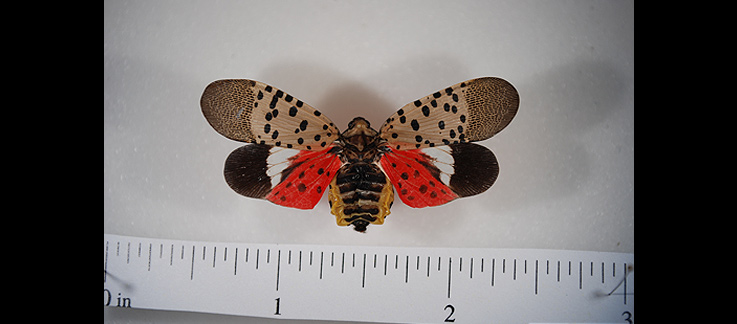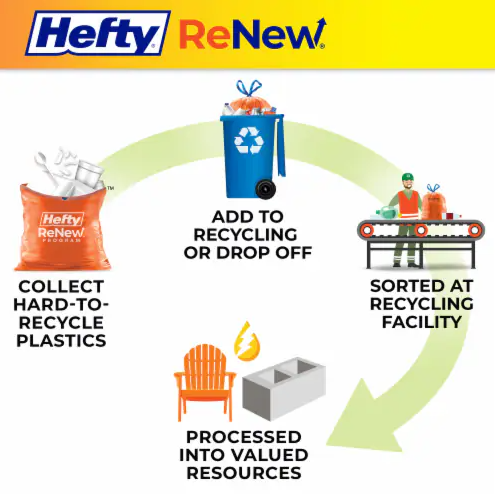
We’re Being Invaded (Part 1)
July 8, 2023
Fall into a Sustainable Autumn
September 30, 2023
Invasive Spotted Lanternfly from USDA
Last month, we shared information about plant invasive species and why they are so bad for our native plants and animals. This month, let’s talk about invasive animal species. To really grab your attention, how about those Burmese python snakes that have taken over Florida? These snakes, from Southeast Asia, were originally released by people who had them as ‘pets’. (Note to self: wild animals are never good options to keep as pets). When the snakes got too big, their owners released them into the Everglades of Florida where they have no natural predators. And they grew and grew and grew and multiplied and multiplied and multiplied. There are now very few native fur-bearing animals left in the Everglades, making it even more difficult for the native predators to exist. Last month, a 19 foot python was captured! Yes, 19 feet long! That’s the largest Burmese python ever recorded! And it was in the Everglades. That’s what out of control invasive animal species can do.
More locally, we’ve fought zebra mussels in Lake Erie, plugging up water treatment plants to the tune of $3 billion in the US alone. Asian carp are pretty much everywhere as well, decimating the native food chain, displacing native species and further imperiling already endangered species.
In the air, the big concern right now is the spotted lanternfly which hitched a ride from China, India and Vietnam a few years ago and is spreading rapidly. This beautiful but highly invasive insect will seriously impact most fruit orchards and nurseries. And it is in Ohio now.
What can you do? Rule number one: don’t release any non-native animal into the wild. And if you see a spotted lanternfly, please report the sighting to the Ohio Department of Agriculture. Visit them at agri.ohio.gov.





